Media Relations Posts
How Healthy Is Northern Virginia?
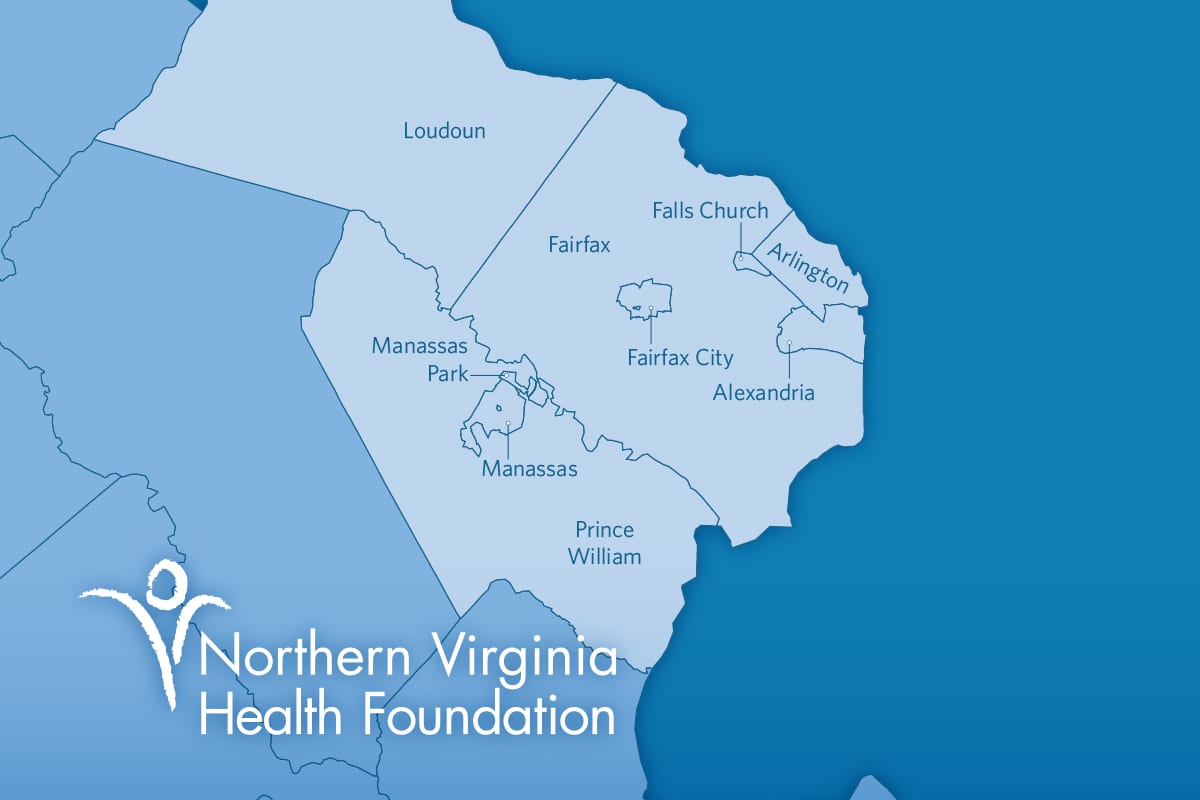
A new report from the Northern Virginia Health Foundation (a Burness client) tells us that residents of Northern Virginia may not be as healthy as you think.
Dialing Back on the Drivers of Global Disease Outbreaks: A Look Inside the ‘Black Box’

These ‘causes of causes‘ of zoonotic disease outbreaks and their spread are pinpointed in a paper published in the Proceedings of the National Academy of Sciences (PNAS). Scientists argue in this paper that we’ll only become capable of preventing or stopping the next pandemic when we better understand the drivers of disease emergence.
Believe in Science? Look No Farther Than Your iPhone

We recently worked with The Tyler Prize for Environmental Achievement celebrating their 40th Anniversary with a panel discussion on the future of the environment. The panel discussion, moderated by MSNBC’s Rachel Maddow, sparked a fascinating discussion that ranged from the lessons learned in dealing with Quaaludes (yes, you read that correctly) to climate change, energy, agriculture, biodiversity and the public’s acceptance of science.
Building Capacity…In Developing Stories That Grab Reporters

We all know that building capacity in the developing world—whether by providing technical training to laboratory staff or equipping a clinical trial site with a reliable power source or setting up financial management systems—is a worthy endeavor. But is it newsworthy? Especially when you don’t give concrete examples of how you’re helping people help themselves? The answer, all too often, is “no.”
Francis Collins, How Do I Love Thee? Let Me Count the Ways.
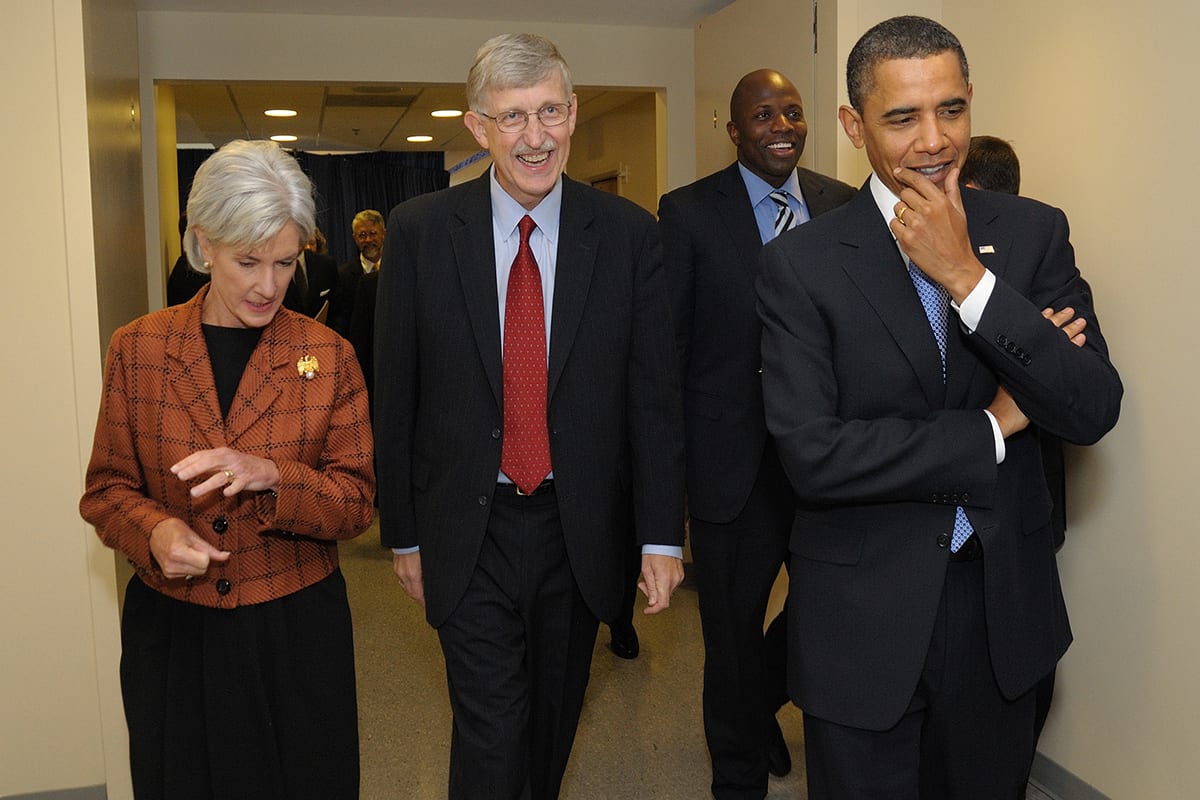
I’d like to take a moment to pay homage to an expert communicator whose clear explanation and skilled delivery makes my heart skip a beat every time I see him interviewed. I am talking about Dr. Francis Collins, Director of the National Institutes of Health. Take note – if you do half as well as Dr. Collins on staying on message, you’ll likely nail your interview.
Scientists Make iPhone into Low-Cost Microscope to Diagnose Intestinal Worm Infections in African Children

Dr. Isaac Bogoch, an infectious disease specialist at Toronto General Hospital has shown that you can turn everyday items: iPhone, a cheap lens, some double-sided tape and a flashlight, into a field microscope that successfully detects intestinal worms, also known as soil-transmitted helminths—which infect 2 billion people around the world.
Changing the Way Doctors Are Paid
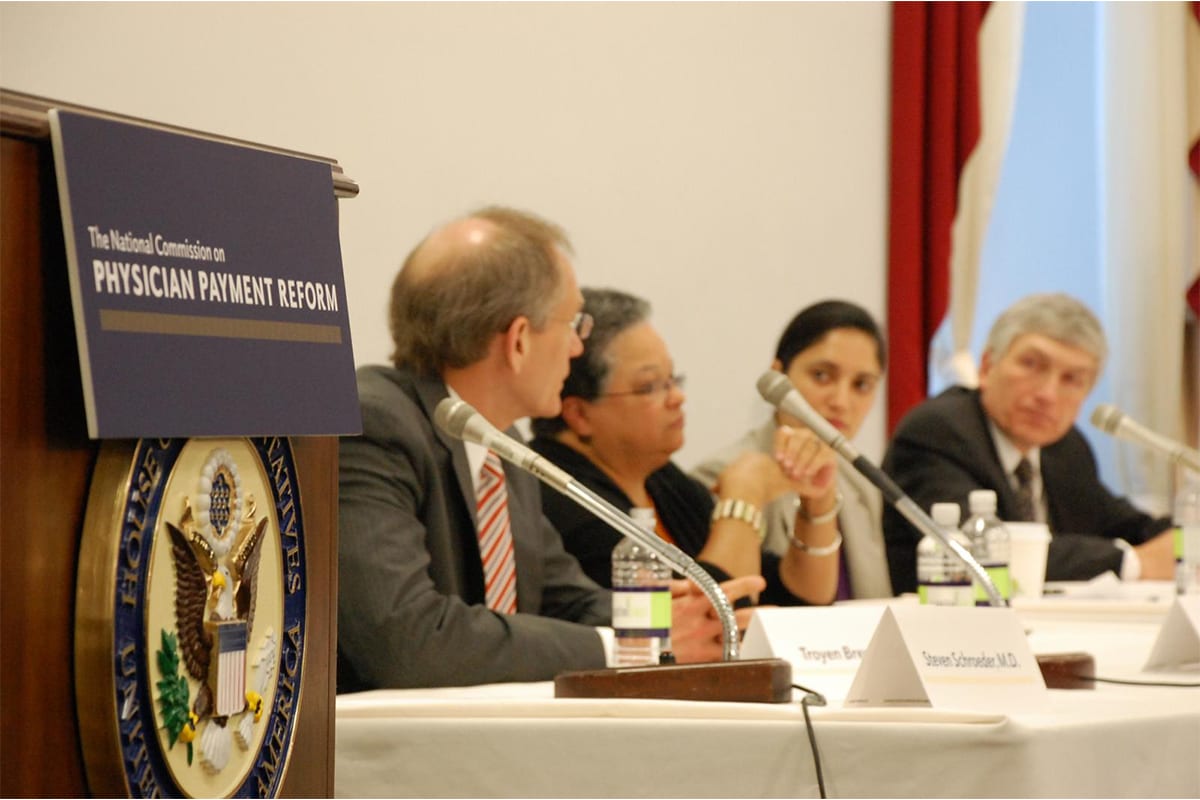
According to a report from the National Commission on Physician Payment Reform, a Burness client, changing the way doctors get paid is the first step to fixing our health care system. The report details 12 sweeping recommendations aimed at reining in health spending and improving quality of care.
China Leads World’s Embrace of Inexpensive Approach to Clean Water
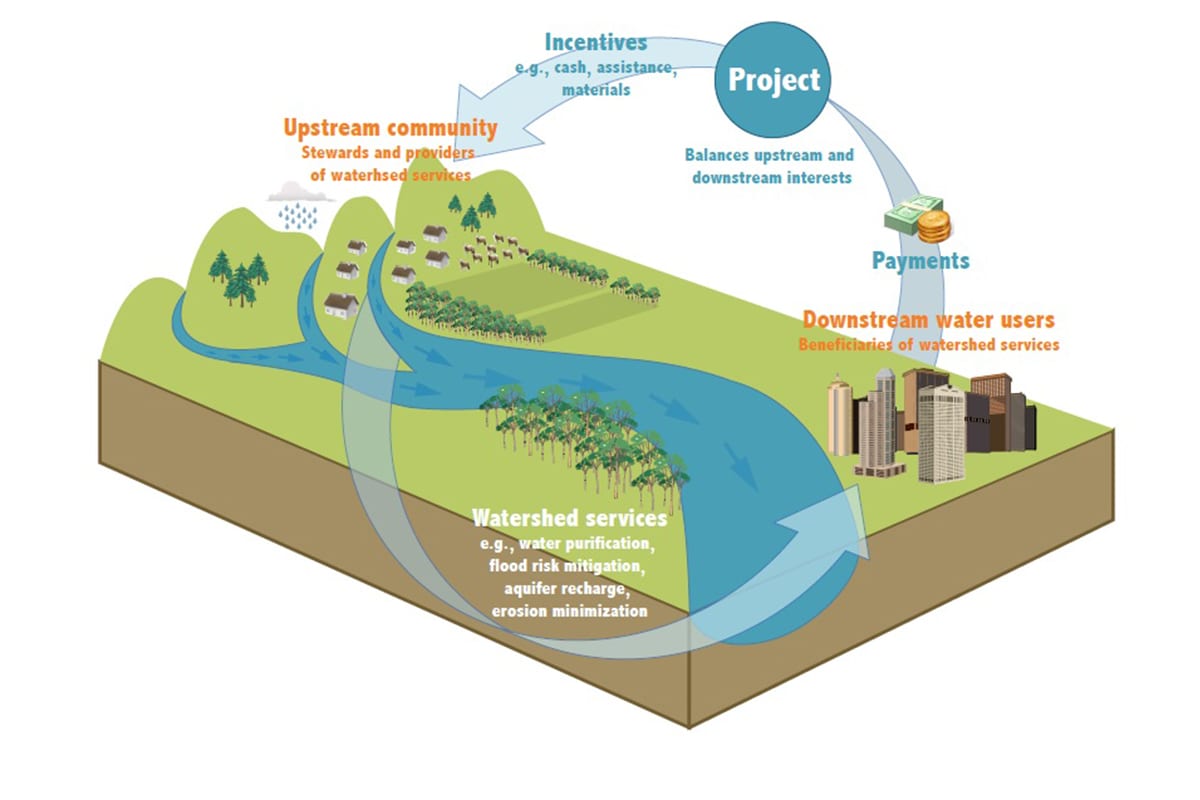
Charting New Waters: State of Watershed Payments 2012 tallies an uptick in investments by governments, NGOS and private companies that pay communities to shelter or clean up water supplies. The study found that more than $8 billion was invested in these projects—a $2 billion increase from the study’s findings in 2008.
What Works for America’s Communities?
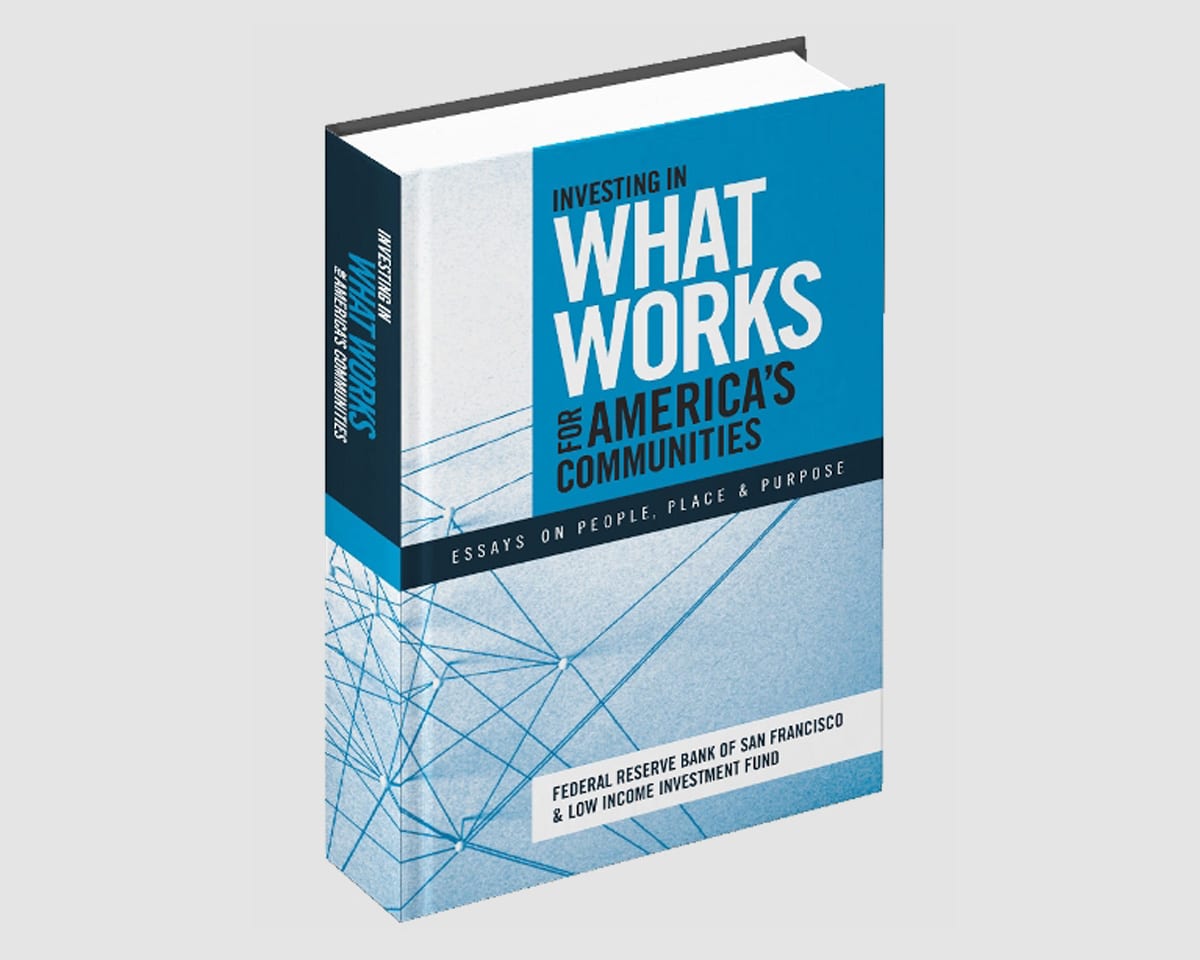
The latest data from the U.S. Census Bureau reveals that poverty levels in the U.S. are stuck at historically high levels. The nature of poverty is also changing—it is increasingly suburban; it is deeper than it was just a decade ago. These new realities spurred the Low Income Investment Fund (LIIF, a Burness client) and the Federal Reserve Bank of San Francisco to publish the book Investing in What Works for America’s Communities.
Early Declines in Childhood Obesity Rates May Propel the National Movement

For thirty years, childhood obesity rates have been on the rise. Nearly one in three young people in the U.S. is overweight or obese. But The New York Times reported some encouraging news: childhood obesity rates are dropping in some cities and states.
